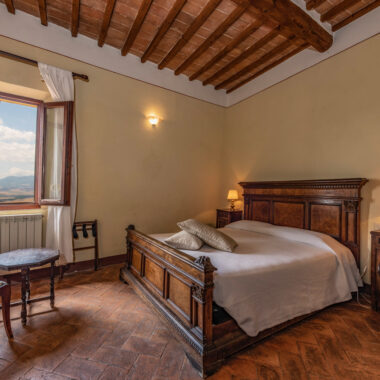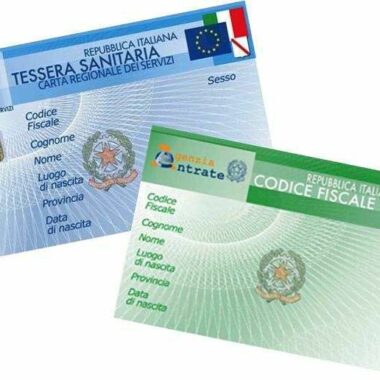If you’re thinking about moving to Italy with your horses or farm animals, you’re probably wondering about the differences in regulations and management costs compared to your home country. Italy boasts a long equestrian and agricultural tradition, offering breathtaking landscapes and vast rural areas where you can find great real […]
Recent Posts
Bed and Breakfast for sale in Tuscany
Investment Opportunity in Pienza, Italy A Charming Town with Year-Round Appeal Introduction Nestled in the heart of Tuscany, Pienza offers a rare opportunity to experience the quintessential Italian lifestyle. We are excited to present a spacious two-level property located in a historic building at the very center of town. Combining […]
Living in Italy without speaking Italian – is it possible?
If you are thinking about moving to Italy or spending some time here, English is quite widespread, especially in the larger and more touristy cities. In this article, we will try to understand if it’s possible living in Italy without speaking Italian, and what are some phrases you need to […]
Renting a house in Italy: what to know before signing
The Italian real estate market can seem complicated if you don’t know the language or local customs. In this article, I will guide you step by step, explaining everything you need to know about renting a house in Italy smoothly. If you want to familiarize yourself with the terminology of […]
How to get a tax code in Italy (codice fiscale) – a guide for foreigners
If you’re planning to move to Italy, one of the first things you’ll need to do upon arrival is apply for a Codice Fiscale (tax code), one of the first documents you’ll need. It’s the Italian equivalent of the Social Security Number (SSN) in the United States. Still, it’s required […]
Moving to Italy with your exotic animal: the step-by-step guide
Italy follows international regulations such as the Washington Convention (CITES), which protects endangered species and imposes restrictions on the importation of certain animals for public health reasons. So, suppose you are moving to Italy with your exotic animal (in Italy, exotic animals include birds, reptiles, fish, and some species of […]
About Italian Food
Italian Food PIZZA OK, I like American pizza once in a while – but Italian pizza is a very different thing. The establishments which specialize in pizzas are called “pizzeria” and often they have menus listing 20 or more types. In Italy, pizza is always made to order (with somebody […]
Celebrate Valentine’s with Italian Dishes to Delight Your Loved Ones
Valentine’s Day, the day of love, is around the corner, and what better way to celebrate it than by preparing a delicious Italian meal for your loved ones? In this blog post, we’ll explore the concept of “Valentine” – a fusion of Valentine’s and Italian cuisine. Whether you’re cooking for […]
Moving to Italy with your pet: everything you need to know about transport
Moving to Italy with your pet? Whether you’re traveling by plane, ship, or car, there are specific rules in place to ensure your pet’s safety and well-being. As an Italian citizen and veterinary medicine student, I’ve gathered all the essential information you need to keep in mind when relocating to […]
Moving to Italy with your pet: the step-by-step procedures
If you’re moving to Italy with your dog or cat, you’ll need to follow certain legal and health regulations to ensure your pet doesn’t face issues at customs or risk being quarantined. As a resident of Italy and a veterinary medicine student, I’ve compiled all the steps you need to […]
















